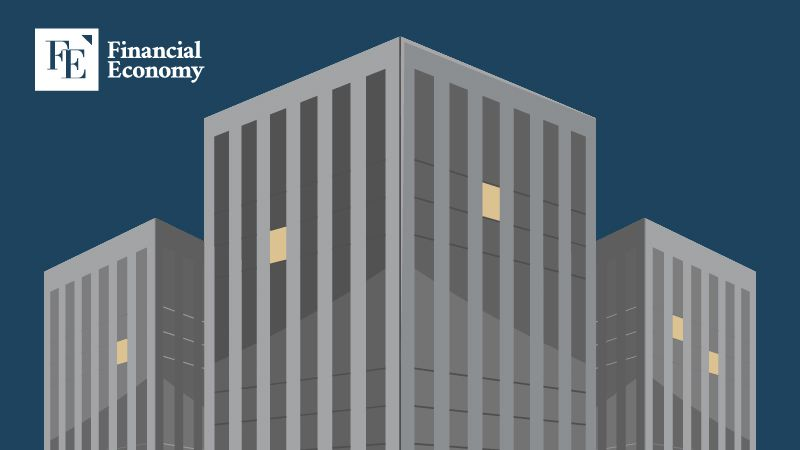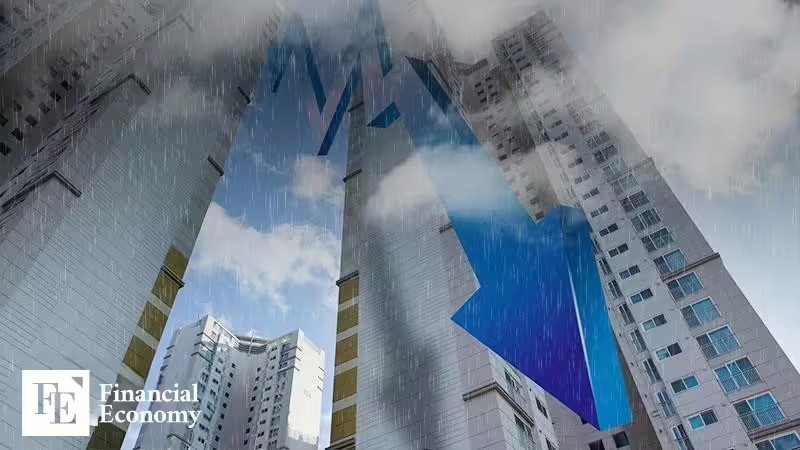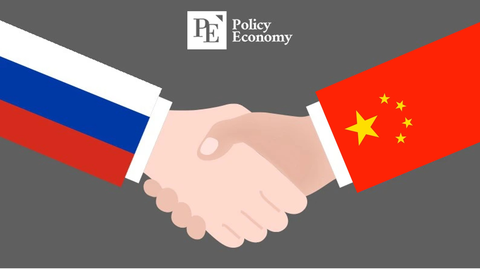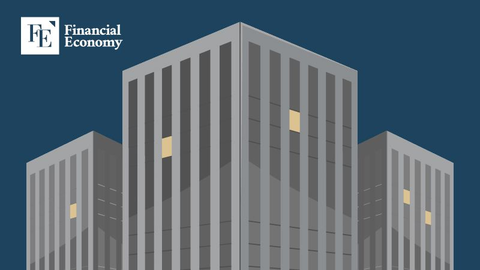Korea’s Regional Second-Home Incentives Fail to Revive Market, Raising Fears of Japan-Style Prolonged Slump
Input
Changed
Regulatory relief shows clear structural limits
Regional downturn deepening amid systemic factors
Signs of a “no-homebuying” culture reminiscent of Japan

The South Korean government has eased rules on so-called “second homes,” granting tax benefits to single-homeowners who purchase property in depopulated regions in an effort to curb the slump in regional real estate. Yet skepticism over the measure’s effectiveness has dominated market sentiment. With regional property prices still in decline and the downturn entrenched, experts argue that temporary tax breaks are insufficient to stimulate demand. Citing Japan’s earlier experience with the “three-tiered” housing divide, analysts warn that as South Korea faces accelerating population decline and aging, aversion to buying homes in regional markets will only intensify.
Incentives widened to ease concentration in the capital
According to industry sources, reaction to the government’s “Regional Construction Investment Support Plan” unveiled on July 15 has been tepid. Many dismiss the notion of buying a second property in areas where prices are persistently falling as unrealistic. While a handful of high-end vacation homes might attract demand in select tourist hotspots, market participants note that supply restrictions on resort housing projects have undercut their appeal as investment alternatives.
The plan was designed largely to ease the glut of unsold housing and sluggish construction in the provinces. By the end of June, 83.5% of South Korea’s 26,716 unsold units after completion were located outside the capital region, and developers were pressing for policies to revive demand. In response, the Ministry of Economy and Finance and the Ministry of Land, Infrastructure and Transport expanded the second-home tax benefits beyond 84 designated depopulation zones to nine “priority areas,” including Gangneung, Sokcho, and Inje in Gangwon Province; Iksan in North Jeolla; Gyeongju and Gimcheon in North Gyeongsang; and Sacheon and Tongyeong in South Gyeongsang. The government hopes broader eligibility will draw visitors and part-time residents, eventually bolstering local construction demand.
The scope of benefits has been substantially expanded. Previously, only homes valued up to USD 287,000 qualified for the program; under the new measure, the threshold has been raised to USD 647,000. Acquisition tax relief has also been widened from homes priced at USD 215,000 or less to those up to USD 862,000. With much of the housing stock in major provincial cities now eligible, buyers can effectively designate most properties in depopulated areas as second homes. A Land Ministry official said, “There is demand for upscale villas and homes built by local developers. We expect the broader coverage to have a positive impact on local economies.”
But most analysts believe the practical effect will be limited, given structural constraints such as weak infrastructure and a lack of employment bases in regional markets. Moreover, critics point out a possible reverse discrimination: residents of depopulation zones who buy homes in Seoul are classified as owning multiple properties, triggering heavier taxes. “Tax breaks alone cannot ensure effectiveness,” one industry source said, adding, “Fundamental deregulation is needed, such as permitting residential development in tourist districts or introducing timeshare systems.”

The vicious cycle of “job scarcity, depopulation, and unsold housing”
The prolonged slump in regional real estate has further eroded demand for second homes. According to Korea Real Estate Board data, as of the third week of June, apartment prices outside the capital fell 0.03%, marking 55 consecutive weeks of decline. Major metropolitan areas also saw downturns, including Gwangju (-0.06%) and Busan and Daegu (-0.05%). Transaction volumes illustrate the contrast: in the first quarter, non-capital regions recorded 64,670 transactions, just 1.5% higher than a year earlier, while Seoul’s transactions more than doubled from 8,603 to 17,325 over the same period.
Perhaps the starkest indicator of the downturn is the mounting stock of “toxic unsold units”—apartments left vacant even after completion. In April, unsold units in regional markets reached 52,400, with over 20,000 completed but unsold, the highest in 11 years and 7 months. The government quickly mobilized the state-run Korea Land and Housing Corporation (LH) to purchase units, and within a month of the announcement, applications flooded in for 3,536 units, underscoring the severity of oversupply.
Regional disparities are also widening. Analysts describe the northward spread of price declines as the “37th-parallel effect.” In places like Yeoju, Icheon, and Yongin in Gyeonggi Province, prices are 30–40% below their peaks, while areas closer to Seoul, such as Gwanggyo in Suwon and Bundang, are rebounding alongside Gangnam prices. The result is a three-layered divide: provinces versus the capital, and within the capital, Gangnam versus non-Gangnam.
The problem is that this structural downturn is accelerating. Falling prices and weaker transactions are straining liquidity at local developers and lenders, leading to cuts in infrastructure investment and further hindering population inflows—a vicious cycle. A study by the Korea Institute of Public Finance found that when a region’s population falls by 1%, home prices drop 0.14% in the same year. Without new growth drivers to attract people, many believe prolonged stagnation in regional housing markets is inevitable.
A growing perception of real estate as an asset to avoid
The deepening slump in regional housing bears strong resemblance to Japan’s experience. Prices in select urban hubs continue to rise while provincial markets face prolonged decline, entrenching a dual-track structure. Mounting unsold inventories, depopulation, and rising financial burdens have already produced a transaction freeze, with buyers reluctant to view regional real estate as a viable asset.
Japan faced this trend decades earlier. In the first half of this year, the average price of new apartments in Tokyo’s 23 wards rose 11.2% year-on-year to USD 787,000. Yet across the broader market, only 10–15% of properties maintained or gained value, while 70% declined moderately and 15–20% lost nearly all value, revealing a stark three-way split. Experts call this the “Reiwa Bubble,” noting it differs from past nationwide booms: only select megacities and transit hubs remain resilient.
In the process, Japan has seen the entrenchment of a “no-homebuying” culture. Generations scarred by the bubble collapse came to believe “real estate always falls eventually,” and rising inheritance and property taxes have prompted many to abandon ownership of provincial homes. The Ministry of Land, Infrastructure, Transport and Tourism estimates one in seven homes in regional Japan now stands empty, with rural and small-town residents facing limited access to hospitals, supermarkets, and transportation networks.
This has weakened not just property values but the very cultural preference for real estate as an asset. While foreign investors and wealthy Japanese still purchase luxury apartments in Tokyo, Yokohama, and Kobe, the broader public has long since abandoned real estate as a means of wealth accumulation. Property in Japan has shifted from a favored investment and ownership asset to something many actively avoid.
Experts warn that South Korea faces similar risks. With price declines already evident across regional markets, the burden of inheritance and property taxes could further discourage ownership, accelerating the aversion to provincial housing. Choi In-han, head of the Japan Studies Institute, cautioned, “If Korea follows Japan’s trajectory, housing will lose its appeal as an asset, bringing the dual dangers of prolonged stagnation and deepening wealth polarization. Without growth drivers to spur population mobility and local economies, a long-term slump in regional housing markets is unavoidable.”






















Comment